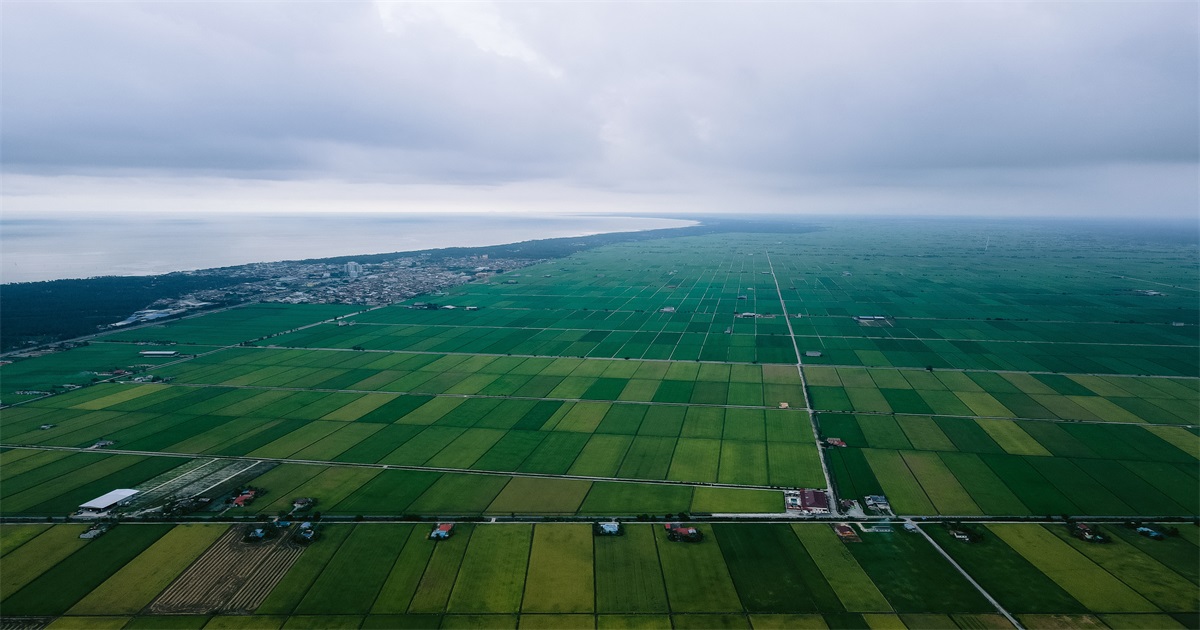Advances in Sustainable Agriculture Progress under Climate Change
A special issue of Water (ISSN 2073-4441). This special issue belongs to the section "Water, Agriculture and Aquaculture".
Deadline for manuscript submissions: closed (31 July 2023) | Viewed by 23086

Special Issue Editors
Interests: climatology; agrometeorology; rainfall; drought; water footprint
Interests: agronomy; vegetable production; precision agriculture; plant nutrition; nutrient uptake; nutrient requirements; water requirements; evapotranspiration; water quality; irrigation; cropping system; soil fertility; soil hydrology; soil water erosion; remediation of polluted soil
Special Issues, Collections and Topics in MDPI journals
Special Issue Information
Dear Colleagues,
Along with the population growth and general aspiration to direct the alimentation to healthy dietary habits, there is a visible need for improving both the production and quality of food. Temperature rise and global shifts in rainfall patterns due to climate variation are bringing new climate conditions to all regions and posing several challenges for agriculture. The processes in agriculture production are highly sensitive to climate variability and climate changes and on the other hand, they also contribute to these changes. Food loss and waste, sustainable agriculture, and nutritional challenge are the measures that indicate the sustainability of food systems. Areas suitable to agriculture are already widely cultivated in almost all continents. New ecologically friendly cultural practices and innovation systems are already adopted in many countries for coping with risks and opportunities associated with climate variability and climate change. They are based on the assessment of the uncertainties around the climate drivers variation and their potential effect on both natural resources and food production demands. This Special Issue in the Water journal aims to show the progress addressing new technologies and strategies responding to the climate variability impacts on crop productivity, resource quality, and adaptation measures in the agricultural sector.
Dr. Pavol Nejedlík
Dr. Marco Napoli
Guest Editors
Manuscript Submission Information
Manuscripts should be submitted online at www.mdpi.com by registering and logging in to this website. Once you are registered, click here to go to the submission form. Manuscripts can be submitted until the deadline. All submissions that pass pre-check are peer-reviewed. Accepted papers will be published continuously in the journal (as soon as accepted) and will be listed together on the special issue website. Research articles, review articles as well as short communications are invited. For planned papers, a title and short abstract (about 100 words) can be sent to the Editorial Office for announcement on this website.
Submitted manuscripts should not have been published previously, nor be under consideration for publication elsewhere (except conference proceedings papers). All manuscripts are thoroughly refereed through a single-blind peer-review process. A guide for authors and other relevant information for submission of manuscripts is available on the Instructions for Authors page. Water is an international peer-reviewed open access semimonthly journal published by MDPI.
Please visit the Instructions for Authors page before submitting a manuscript. The Article Processing Charge (APC) for publication in this open access journal is 2600 CHF (Swiss Francs). Submitted papers should be well formatted and use good English. Authors may use MDPI's English editing service prior to publication or during author revisions.
Keywords
- natural resources
- crop yield
- food sustainability parameters
- climate change impacts
- long-term food sustainability
- adaptation to climate change
- climate smart agriculture
- sustainable agriculture
- soil fertility conservation
- climate-resilient agriculture
Benefits of Publishing in a Special Issue
- Ease of navigation: Grouping papers by topic helps scholars navigate broad scope journals more efficiently.
- Greater discoverability: Special Issues support the reach and impact of scientific research. Articles in Special Issues are more discoverable and cited more frequently.
- Expansion of research network: Special Issues facilitate connections among authors, fostering scientific collaborations.
- External promotion: Articles in Special Issues are often promoted through the journal's social media, increasing their visibility.
- e-Book format: Special Issues with more than 10 articles can be published as dedicated e-books, ensuring wide and rapid dissemination.
Further information on MDPI's Special Issue polices can be found here.






